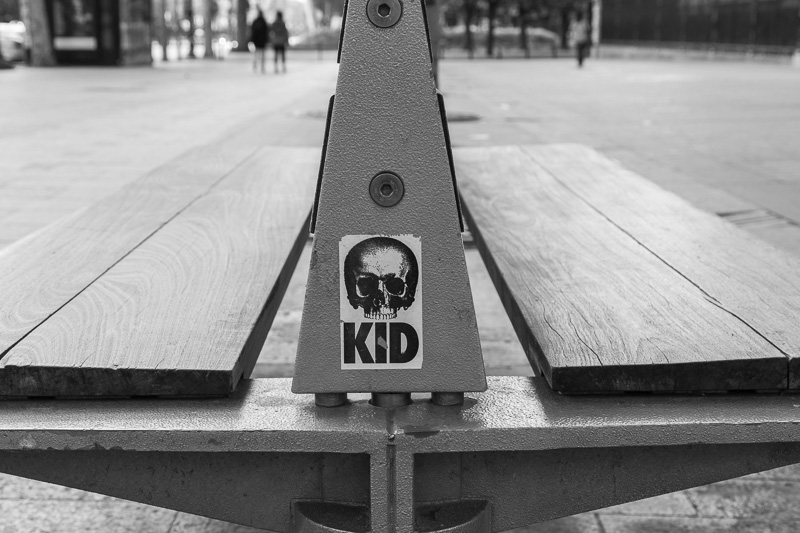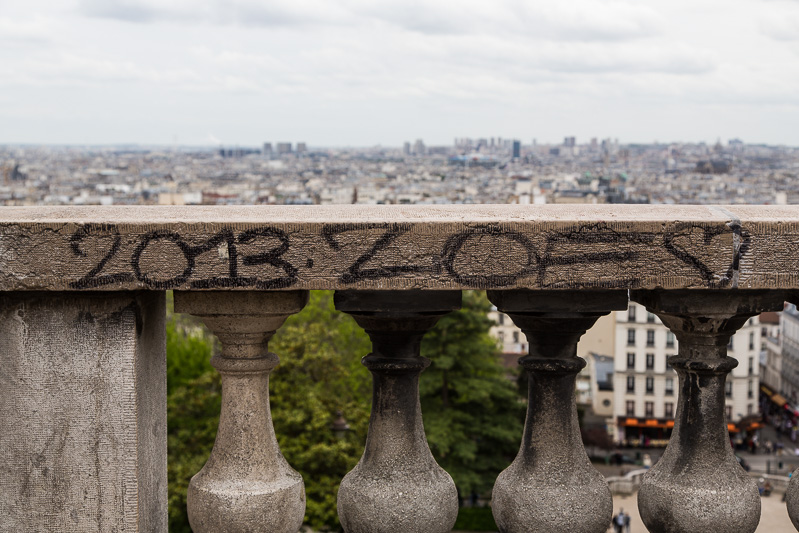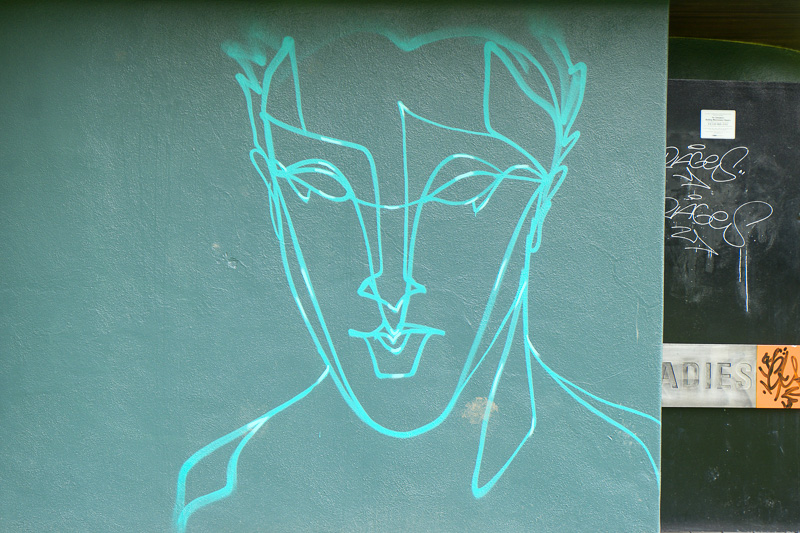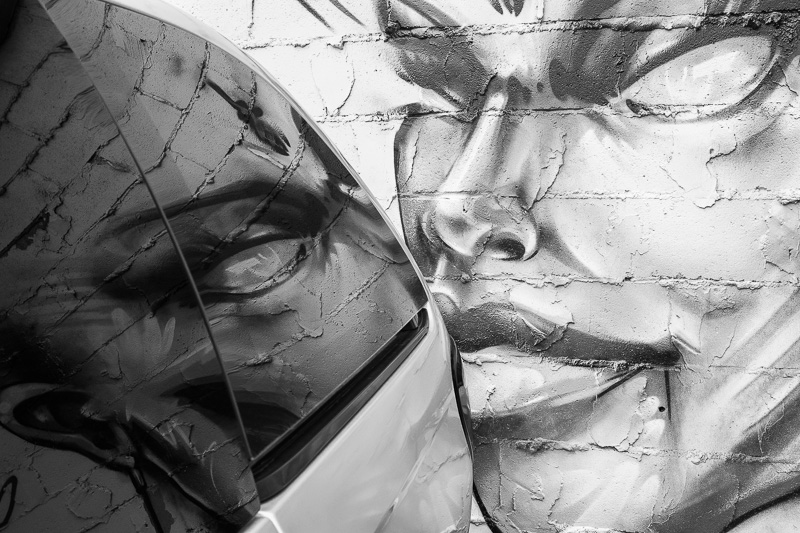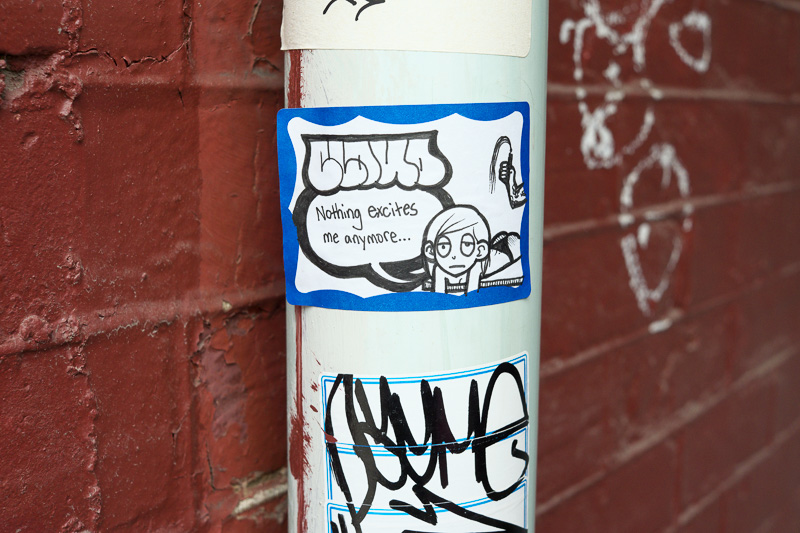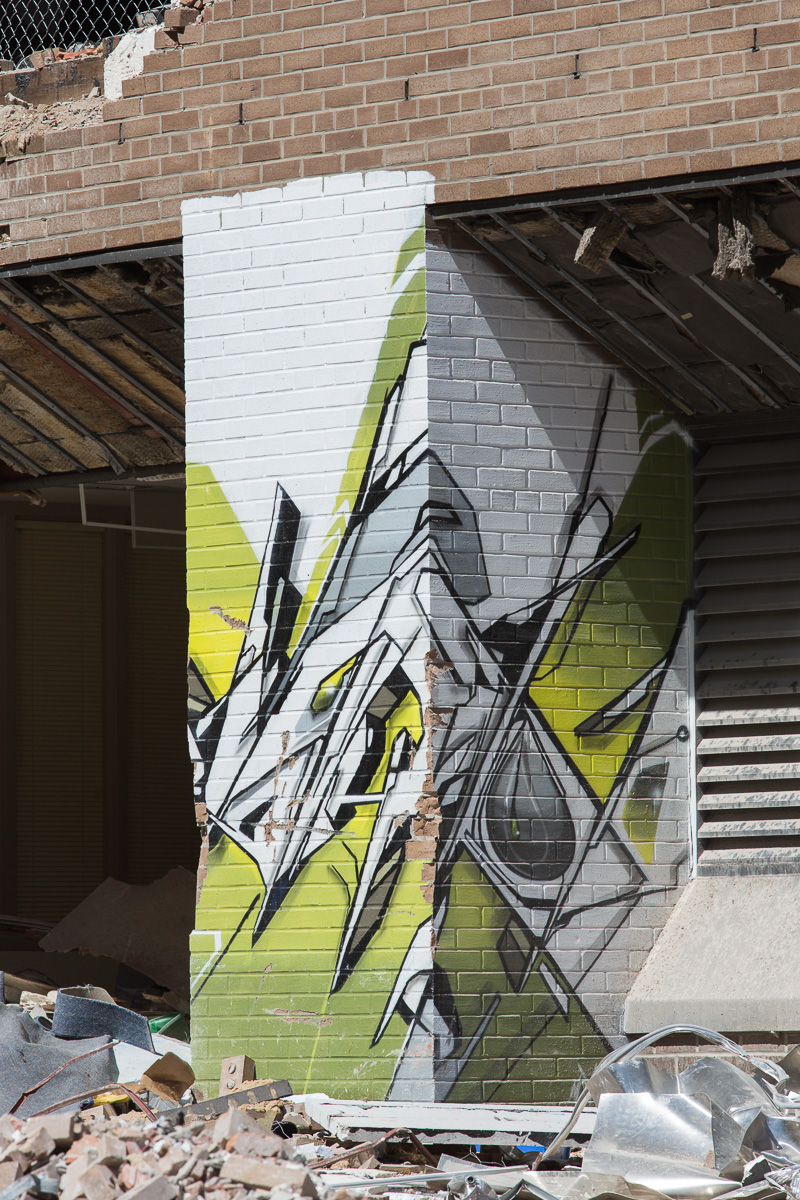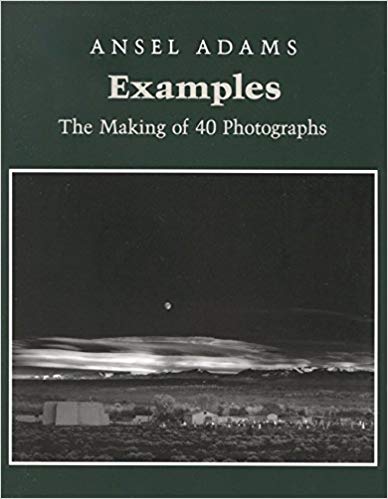
In Examples: The Making of 40 Photographs, Ansel Adams gives accounts of how he produced some of his most famous photographs. When I picked up the book, I noted that he had written an account of graffiti he shot at an abandoned military installation north of San Francisco. I anticipated reading the piece as an endorsement of graffiti as a legitimate visual expression, or as the trace of political or cultural marginalization, or as a meaning-laden signifier that demands interpretation. But that’s not what he wrote. Adams delivers exactly what the title promises and no more. It is a technical how-to statement.
I have mixed feelings about the piece — about the whole book, in fact. On reading it, you wouldn’t know that Adams didn’t have Asperger Syndrome. I’m sure he has an emotional investment in his images, but he doesn’t record that here. He offers no insight as to intentionality except as it relates to camera settings, lenses, film, retouching, paper, etc. and how these will help him achieve his visualization. Meanwhile, I want to know why he selected that subject in the first instance. What did he hope for it to communicate beyond its aesthetic considerations? Did he intend for the resulting image to carry political weight? Was he aiming for something subversive? Counter-cultural? Was he offering social criticism?
Or maybe he thinks there is never anything beyond aesthetic considerations. He dispassionately presents the image and leaves it for us to add the layers of meaning. But I wonder if such dispassion is even possible.
